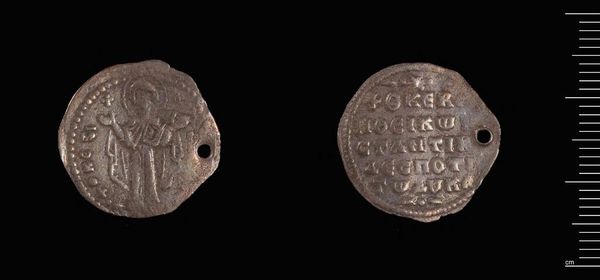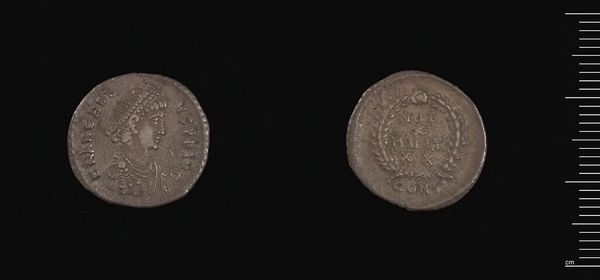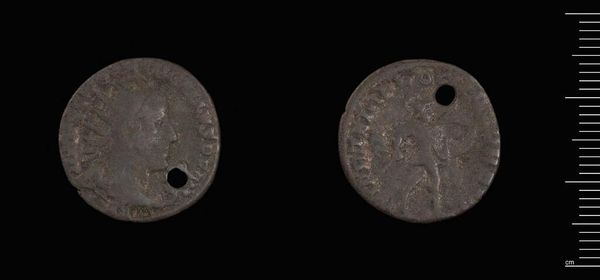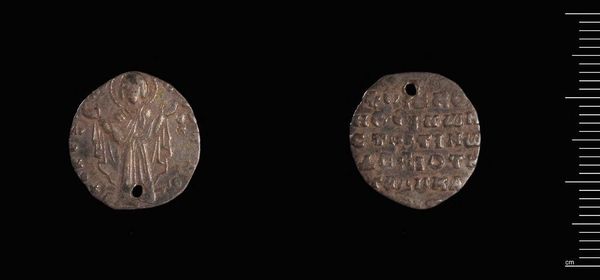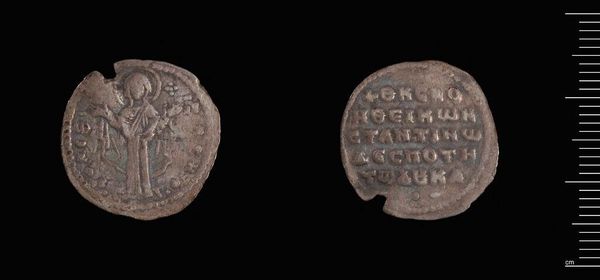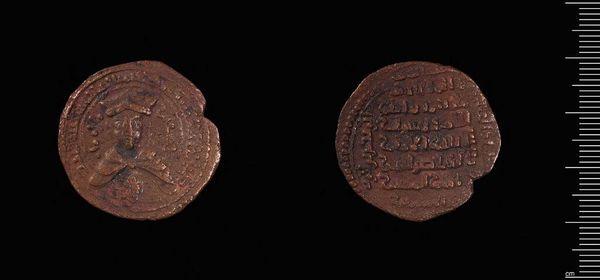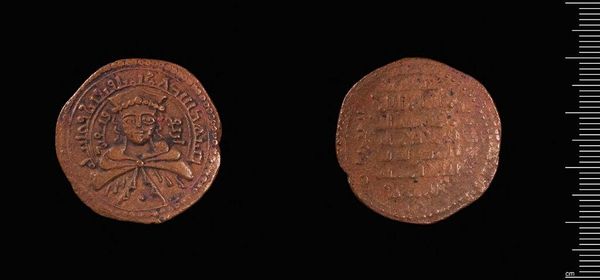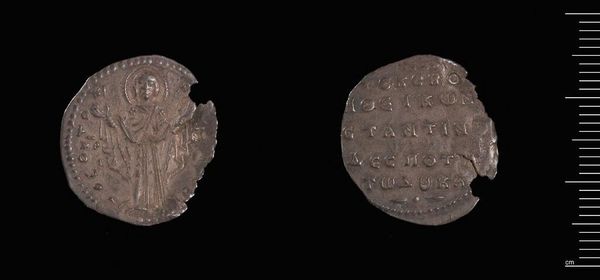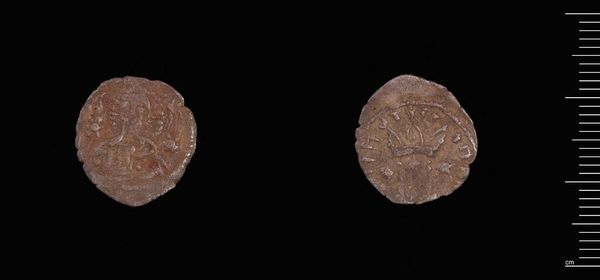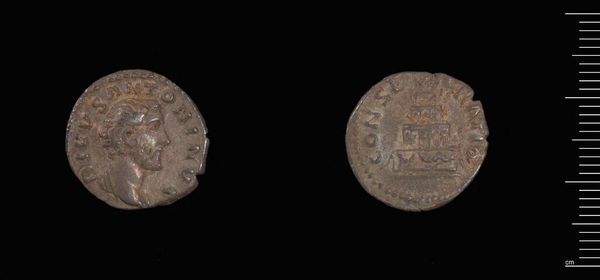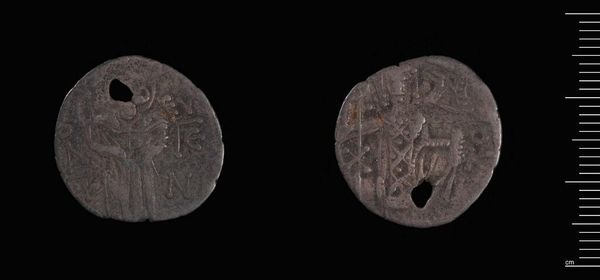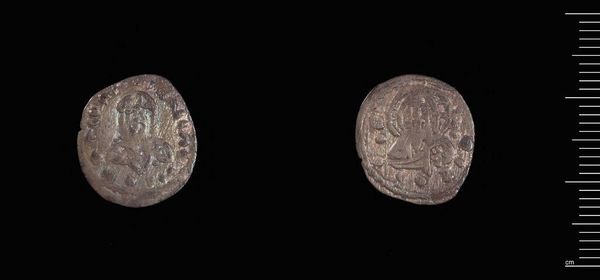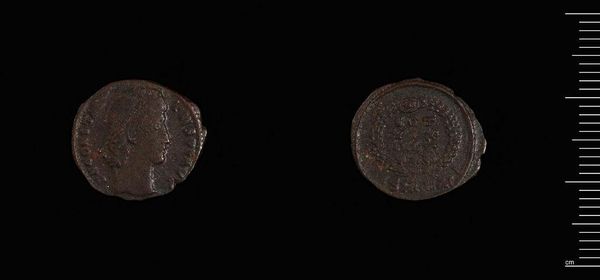
Dimensions: 0.92 g
Copyright: CC0 1.0
Curator: Before us, we have a Siliqua of Theodosius II, located here at the Harvard Art Museums. A delicate piece, likely silver, dating back to the early Byzantine era. Editor: It feels incredibly weighty despite its size. There's a certain solemnity to it, knowing that it once held monetary and symbolic power. Curator: These coins, beyond their economic function, acted as instruments of imperial propaganda. The image of Theodosius would have been instantly recognizable, reinforcing his authority. Editor: The holes are intriguing. Was it worn as an amulet? What sort of protection or status might it have signaled? Curator: The act of defacing the coin in this way is interesting. It suggests a shift in its perceived value, from a symbol of the emperor to a personal keepsake, or perhaps even a discarded object. Editor: Precisely. It's a reminder that symbols evolve, and their meanings are always subject to cultural and personal interpretation. Curator: Indeed. This tiny coin speaks volumes about the shifting sands of power and the enduring human need for symbols.
Comments
No comments
Be the first to comment and join the conversation on the ultimate creative platform.
